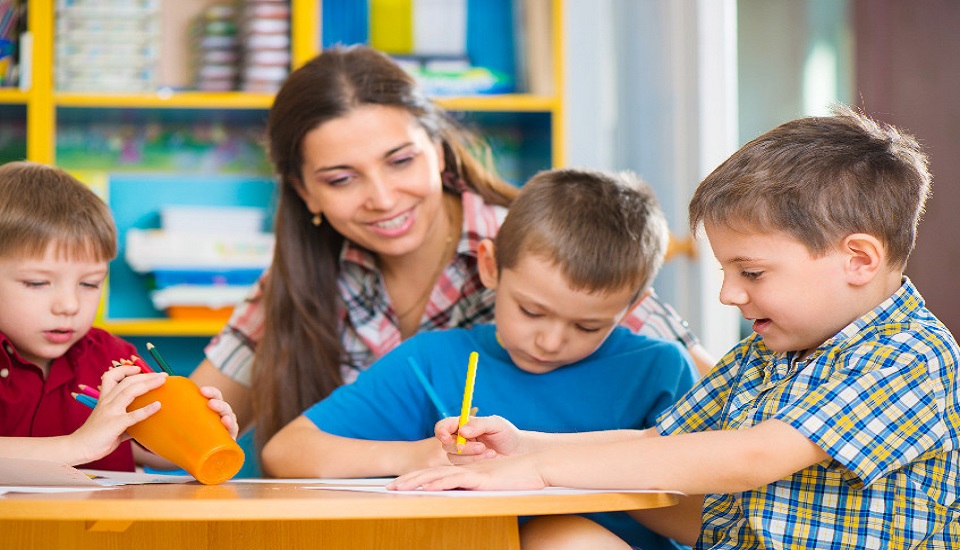Collaborating With Caregivers To Support Students With Anxiety
23rd November 2021
It is a fact that handling students with anxiety successfully in the school setting cannot be done single-handedly. It requires a solid team effort! Caregivers and school personnel need to agree on similar strategies to recognize triggers and use a common language to support the student.
Discussed here are 3 great ways that teachers who pursued school counsellor courses can offer better support to students with anxiety.
Parent Support for Students with Anxiety
1 – Caregiver Education
Caregiver education creates an opportunity for mutual learning. Hold meetings where you can get the opportunity and the time to acquaint caregivers and families with anxiety and positive management strategies can help everyone share the same views and opinions for best serving kids.
Mentioned here are a few things you can cover:
Worry vs. Anxiety
There is a difference between common worries and anxiety; help caregivers understand it.
Somatic Complaints
Teachers must help caregivers understand the links between their actions and how they may reinforce children’s behaviors and then giving them alternatives or more positive ways to respond can be a helpful path for caregiver education!
Reducing Reinforcement of Avoidance Behaviors
Out of their concern to help kids overcome their worries and help them feel better, parents sometimes do things that reinforce avoidance behaviors that often come with anxiety.
2 – Transition Plans
When you notice that a child’s anxiety is affecting their school attendance, then a team transition plan may be a helpful route. Collaborate with the caregivers to design a structured plan for helping the student transition in the classroom that will also cover the valuable input from caregivers.
Your plan can include things like:
- arrival time and drop off location
- the words staff members will use to greet the student
- how the parents will say goodbye
- a common language for encouraging the transition
- an engagement activity for the student and safe/calm location to go to upon drop-off
- a list of comforting approaches the student uses
- transitional items
3 – Regular Communication
The first step towards successful collaboration is communication. Information and other sorts of education can be given to the caregivers whenever required, but to best support students, we need open lines of communication. You can plan a method of daily or weekly communication so that all support people are aware. You can ask parents to send a simple written note in an agenda or email in the morning to let school staff know how the evening and morning went and some things the child expressed worry about. As teachers with school counsellor skills, you can too respond in similar ways and make parents aware of how the school day went.
In your communication, include things like:
- positive things to ask the child about
- strategies that they can follow at home
- a general outline of the day
Ask your students too, if they are doing any type of self-monitoring, tell them to share those with the caregivers too. All in all, communication and openness will be helpful for the child so that all adults can support it!
Written By : Anindita Das